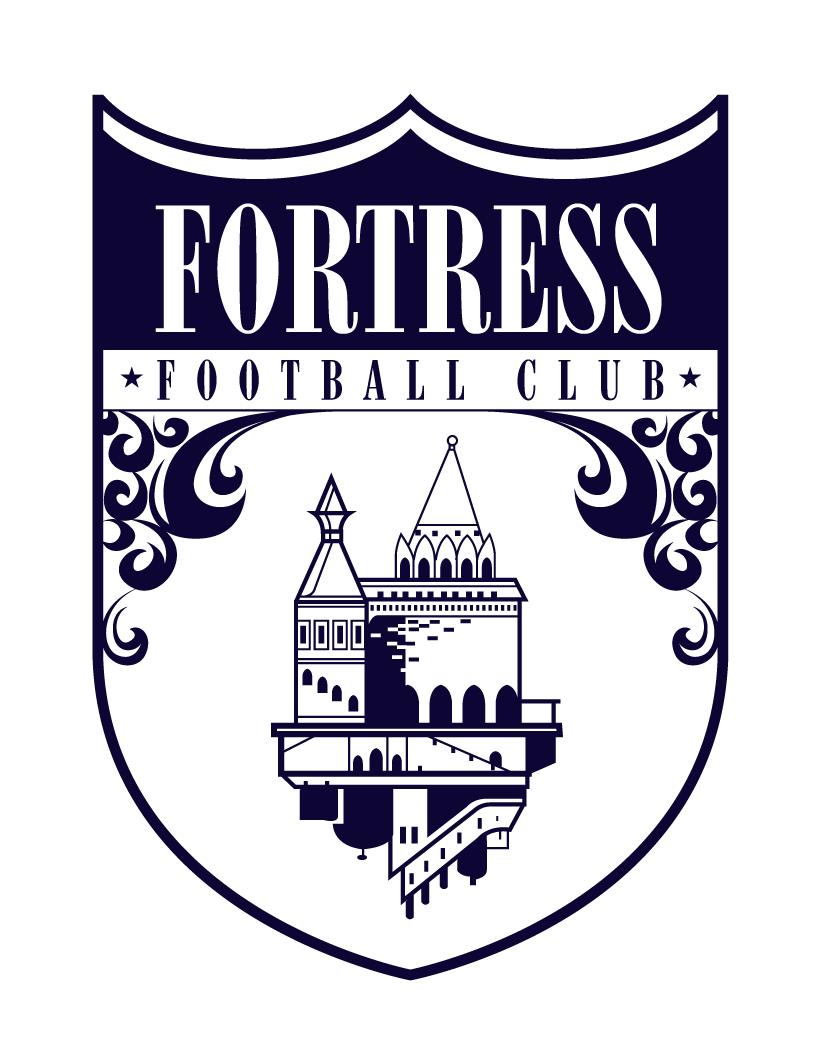Finding the Free Man
Our focus this week is on finding the free man.
In rondo practice, we naturally do this. A 4v2 square is created and at least one teammate is open all the time.
In a game situation, our aim is to create numerical advantages, such as 3v2, 2v1, 4v3, 3v1, etc. Rondos and positional play games help us recognize the smaller games inside the bigger game:
Let’s say we’re building the ball from the back like the above example. Our opponents have set their defense relatively well and it will be hard to continue to go down the left side of the field, squeezing us to one side and pressuring us into a negative transition.
Instead, we must look to where the space is on the field:
Two options present themselves: One is back between the center backs and goalie. The other is the entire right side of the field.
It’s a low percentage pass for our left back (#3) to hit a 60 yard ball to our right winger (#7). Instead, we can play a quick series of passes from our 3 to our 10 to our 6 to our 2 and switch it through the middle of the field. Or, we can go back through our center backs and/or goalie to switch the field over to the right. This makes their defense shift over and we’ve gained territory, our back line moving up the field helping us to seal off any chance for a counter attack.
Sometimes, this switch of play leads to 2v1 or 1v1 situations. Our wingers are quick and can take these players on, shooting on goal or passing to a teammate open in front of the goal. This is ideal, but not always the case. And that’s okay. Patience in positional play is key. We want to create openings, not force them.
In our buildup, we find the free man very well. It’s been a lot easier to get out of the back since the boys are learning where they need to be and when. This is key and I’ll show you why:
In our buildup, we hold a total of 7 lines along the width of the pitch:
These are all passing lanes that allow the player with the ball to have options.
Not only that, we are also deep, with 7 vertical lines. This not only helps us progress the ball up the field, but also ensures defensive stability if we lose possession of the ball:
We are both vertically deep and horizontally wide. I want to reemphasize the amount of passing lanes this creates, which gives us the opportunity to possess the ball longer than our opponents and create openings to move the ball up the field through disorganization and frustration from our opponents.
After we’ve taken our goal kick and continue to buildup, we often look like this:
We have 10 available passing lane options, ideally, where teammates are not blocking each other.. Watch a Manchester City game. They’re always scanning, then moving or staying put, to ensure the ball carrier has several options to pass to and they’re not in each other’s way. This is what we want.
Even when we overlay a defensive team on top, it’s tough to guard all the angles (and this picture is static, not even moving, which increases our opponent’s difficulty. It also increases ours while learning):
More passing options allow us to find the free man quickly (who’s the free man in the above picture? Tell me on Tuesday during practice), take space, beat our opponent’s back line, and score.
We want to draw the defense in, allow them to pressure us, and quickly switch the ball to the other side of the field. It’s key to use our three central midfielders and center backs in this switch.
See you tomorrow.
Michael






